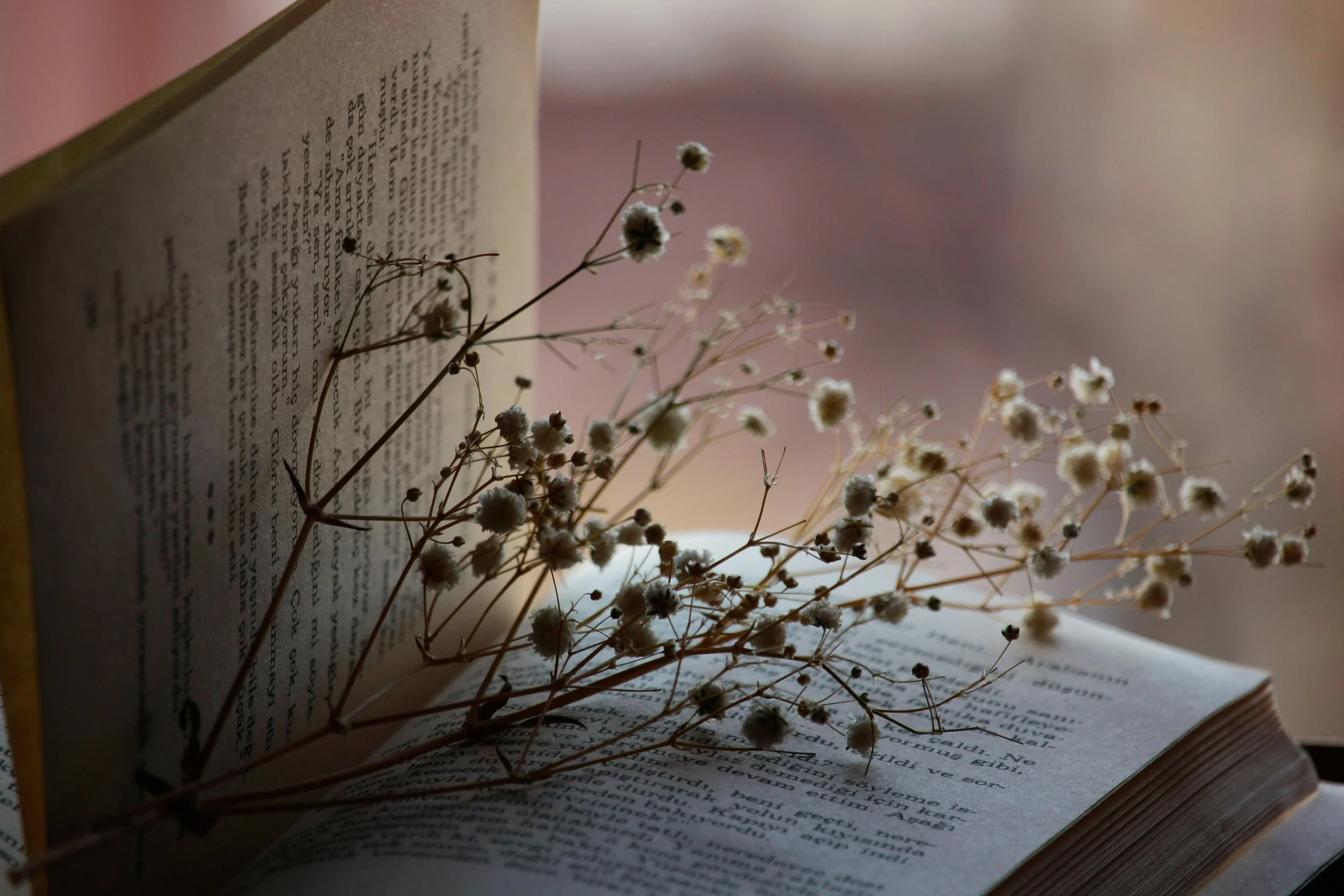TIO In 2012
Interfaith Youth Core
Recovering Interfaith History, Recovering Ourselves
Why We Need An Interfaith Observer
Interreligious demographics in neighborhoods around the world and on the internet have changed life for us all. This shift arrived without planning or foresight, raising dozens of questions and not offering easy answers. It can arrive with a jolt. When a son or daughter brings home a fiancé from a different religion, for example, brand new questions and feelings are fairly well guaranteed.





